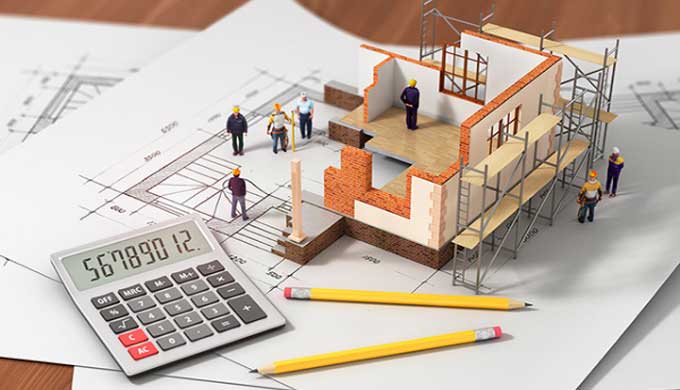BIM is here to stay: Why it'll matter most in 2021 and beyond
Tweet
During the last four decades, construction companies have been using BIM. By streamlining operations and reducing costs, it has proved beneficial to construction companies. While this may not seem like a huge change, it will allow smooth operations on COVID-19 when teams split between different locations.
The use of BIM will continue to be important to companies as vaccines develop, especially as they use it in innovative ways. They need to find an implementation partner that can help them to leverage BIM to its full potential.
Evolution of BIM in 2021
Adoption of Cloud
The construction process will naturally result in clashes and errors as the project progresses. An important value proposition of Building Information modeling is identifying and fixing these clashes. It will be impossible to assess the progress of a project unless all stakeholders have access to the same information from the site. The contractors will save time and money by reworking a plan that doesn't crash.
Whenever a project involves several stakeholders, real-time data sharing becomes cumbersome. Large data sets make it even more difficult. The use of cloud-based applications has sped up the BIM data-sharing process. Cloud-based applications are given to stakeholders, allowing them to have access to the data no matter where they locate. Thanks to a more collaborative effort among different members, businesses have seen their processes improve.
3D modeling Enriching
An enriched 3D BIM model provides customers with a visual representation of the final product. The BIM model has enhanced with a more visual appeal and more descriptive context as a value-added development. Through taking snapshots from different perspectives, you can design floor plans, elevations, and other spaces.
Through an integrated process that can be updated continuously, such 3D BIM modeling services can maintain consistency even if an element changes slightly. To make the model consistent, the architect doesn't have to touch every element again.
Drones
Those BIM specialists who are working remotely or who need to cover a large area of a project could face difficulties. Drones can be useful in those situations. Drones can collect accurate BIM data of a large area by hovering over it.
Over time, specialists can better refine the model as insights from the drone help them stay abreast of the project's progress. A foot surveyor can also work on rough terrain that's usually risky to traverse for supervisors.
Virtual Reality & Augmented Reality
The 3D model and BIM help clients visualize the building model better, but they would not have access to other designing options that may change with AR and VR. Clients should give greater freedom to choose.
In addition, errors can find in the models before something installs on-site. VR can enable a client to look around every part of the building to select features based on their preferences. Construction companies might be able to increase sales with these options. Choosing such technology will give them a competitive advantage over other construction companies.
Collaboration Tools
Building designers, architects, and engineers use BIM to create blueprints for new construction. The contractor gives a copy of this design. A redesign may be necessary at times. As long as we're talking about collaborative efforts, let's look at how collaboration tools can help BIM evolve.
Integration of BIM and collaboration tools ensures seamless communication between companies. Therefore, stakeholders will become more productive and will make faster changes. Businesses can reduce the number of change orders they receive and ensure that their projects are completed quickly and efficiently by improving collaboration.
To get online demonstration, watch the following video tutorial.
Video Source: Autodesk Building Solutions
Wrapping it Up
Twenty-five years from now, there will be 9.7 billion people on the planet, according to UN estimates. Construction companies will require an average of 13,000 buildings per day and 70000 miles of roads, and nearly 90,000 bridges per year through 2050 to support that population.
The odds are against the building industry can meet the demand without technology, including Building Information Modeling and industrialized construction or prefabrication.
Globally, companies are applying BIM as they compete to deliver better buildings and infrastructure. The government may be looking at best practices for emerging markets, which have a difficult time moving from 2D to 3D modeling.

Gallery
Feel free to contact us for BIM requirements. One of our representative will respond you within 24 Hours. Send us your projects requirement today and grow your project.
Explore More !







